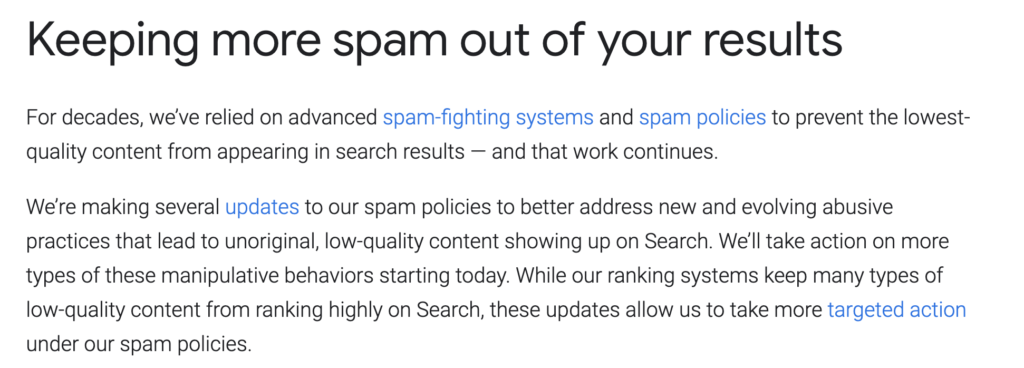Data security has become critical to success in today’s complex, data-driven business environments. Companies must continually assess and strengthen their data security posture to maintain trust, stay compliant, and avoid expensive (and embarrassing) breaches.
However, evaluating and improving this posture requires understanding where the organisation’s data security stands, what needs immediate attention, and how to sustain ongoing improvements.
Assess Your Current Data Security Posture
Before making improvements, you need to have a comprehensive understanding of your current state. An initial assessment involves a thorough audit of where sensitive data resides, how it’s classified, and which protections are in place. This consists of:
- Data Discovery and Classification: To locate sensitive data assets, begin with data discovery across both on-premises and cloud environments. Categorising data into classes (public, private, restricted) helps prioritise protection efforts.
- Access Controls and Permissions Review: Evaluate access controls and permissions to ensure that only authorised individuals can access sensitive data. Mismanaged permissions and excessive access rights are common gaps that can lead to vulnerabilities.
- Compliance Audit: Review your data handling policies against compliance requirements like GDPR, HIPAA, or PCI DSS. Identify areas where compliance is lacking and flag these for immediate improvement.
Conducting this assessment provides a clear baseline, helping to identify security gaps and prioritise areas for intervention.
Identify and Mitigate Risks
With an understanding of where data is and how it’s managed, the next step is identifying specific risks and addressing them with targeted controls.
For starters, regular vulnerability scans and occasional penetration tests can reveal gaps in your security configurations. These scans help pinpoint and address issues you may have, like misconfigurations, weak access controls, and potential vulnerabilities in security infrastructure.
Also, adopting a least privilege access policy limits access to your data, allowing only the minimum necessary permissions. Implementing this policy shrinks the attack surface, protects data from insider threats in your business, and reduces exposure in case of external breaches.
Finally, ongoing monitoring of your data environment provides real-time alerts for suspicious activities or policy violations, allowing quicker response and remediation. This is particularly critical for cloud environments, where data access can be harder to control.
Prioritise and Address High-Risk Areas
While security teams often face a wide array of risks, prioritising them based on the impact on data security can streamline resource allocation and response.
Risk Scoring and Analysis: The team prioritises and scores each risk based on data sensitivity, compliance implications, and potential business impact. This enables the team to allocate resources to the most pressing risks first.
Incident Response Planning: Design a plan for responding to data security incidents, detailing the steps for containment, eradication, and recovery. Ensure that roles and responsibilities are clear and regularly test the plan to refine response processes.
Guided Remediation: To avoid overlooking critical risks, follow guided remediation practices that use a context-aware approach to resolve issues quickly. For example, address data exposure risks first, then focus on reinforcing configurations and access policies.
Implement Security Controls and Policies
Implementing targeted controls and policies creates a sustainable, enforceable framework for data security. While these controls may vary based on the company’s data needs and infrastructure, several foundational practices benefit most setups.
These include encrypting data at rest and in transit to protect it from unsanctioned access. This adds a layer of security, making it harder for attackers to extract information even if they gain access. Also, consider separating your sensitive data from the broader network to limit exposure. Network segmentation and data isolation practices ensure that access to sensitive data is restricted and protected.
As always, build your staff’s knowledge through security awareness training, stressing the importance of data protection practices. Data breaches often stem from human error, so ongoing training can help mitigate risks associated with phishing, weak passwords, and data mismanagement.
Continuously Monitor to Improve Your Security Posture
Data security is not a one-time task; it requires continuous oversight and improvement. Regular evaluations of policies and controls can identify emerging risks and maintain high protection standards.
- Regular Audits: Periodic security audits allow you to evaluate the effectiveness of your current controls and make necessary adjustments. These audits should assess all aspects of data security, from permissions management to encryption practices.
- Adaptive Policies: Security threats constantly evolve, and your security policies should evolve accordingly. Regularly update your security and compliance policies to reflect changes in regulations, technologies, and threats.
- Automation and Analytics: Leverage security automation and analytics tools to streamline incident response and improve visibility. Automated security tools can monitor for threats, trigger alerts, and respond to incidents, allowing your team to focus on higher-priority tasks.
Building on a Solid Foundation
After building a foundation of robust data security practices, consider how a Data Security Posture Management (DSPM) solution can augment and sustain these improvements.
DSPM tools support businesses in three primary ways. They streamline data security by automating the discovery and classification of sensitive data, offer real-time visibility into vulnerabilities and access issues, and simplify compliance through built-in regulatory frameworks that flag violations and automate reporting, ensuring a broad and responsive approach to data protection.
By adding DSPM to the security mix, businesses can automate aspects of their security posture management, enabling faster, more effective responses to emerging threats. As a result, DSPM enhances overall data protection, reduces the risk of compliance breaches, and ensures that your company stays ahead of evolving data security challenges.
The post How to Evaluate and Improve Your Organisation’s Data Security Posture appeared first on IT Security Guru.

